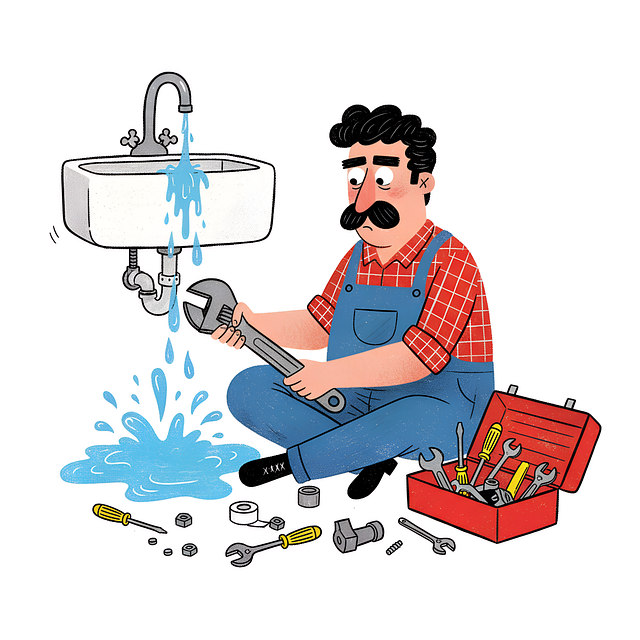Hot water cylinder repairs are essential for efficient plumbing and safety. DIY kits provide economical solutions with clear instructions, empowering homeowners to tackle minor issues like leaks and corrosion. Select kits based on specific problems, considering complexity and long-term needs. Regular maintenance, including visual checks and flushes, extends cylinder lifespan and minimizes future repairs.
“Uncover the secrets to extending the lifespan of your hot water cylinder with our comprehensive review of DIY repair kits. In this guide, we explore the common causes of hot water cylinder failures and demonstrate how easy it is to tackle these issues yourself. From understanding essential components to choosing the right kit for your tank, we provide a step-by-step process and valuable maintenance tips to ensure your water heater remains reliable. Discover the benefits of DIY repairs and take control of your hot water cylinder maintenance.”
- Understanding Hot Water Cylinder Failures
- Benefits of DIY Repair Kits
- Key Components in a Repair Kit
- Choosing the Right Repair Kit for Your Tank
- Step-by-Step Guide to Repair Process
- Maintenance Tips to Prevent Future Issues
Understanding Hot Water Cylinder Failures
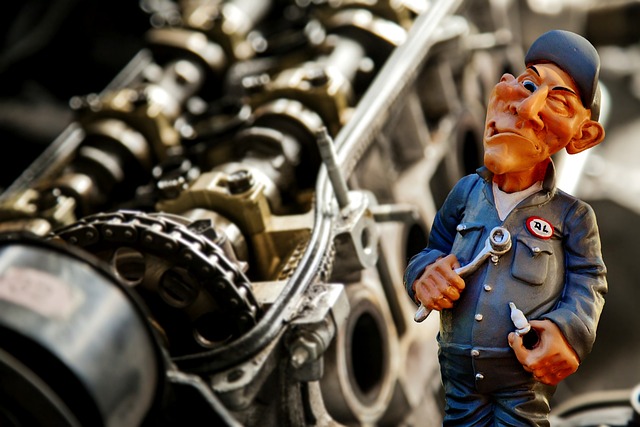
Hot water cylinders are essential components of any household or commercial plumbing system. Understanding their potential failures is crucial for effective hot water cylinder repair. Common issues include leaks, corrosion, and inadequate heating elements, often caused by prolonged exposure to water with high mineral content (hard water). Over time, these problems can lead to reduced hot water pressure, wastage, and even safety hazards if left unaddressed.
Addressing hot water cylinder failures promptly is key to maintaining a reliable plumbing system. By identifying specific issues like leaky connections or malfunctioning heating elements, homeowners and professionals alike can employ targeted hot water cylinder repair strategies. This not only solves common hot water cylinder problems but also ensures the system operates efficiently and safely, fixing hot water pressure issues and adhering to important hot water cylinder safety precautions.
Benefits of DIY Repair Kits
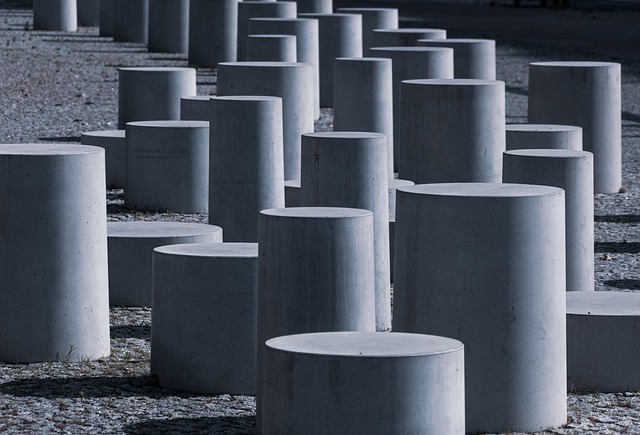
DIY repair kits for hot water cylinders offer several advantages for homeowners looking to tackle minor issues themselves. One of the key benefits is cost-effectiveness; these kits are often a more affordable option compared to calling in a professional, saving you on labor fees and potentially reducing overall repair expenses. With a step-by-step guide and all the necessary components included, it’s an accessible solution for those with basic DIY skills.
Additionally, repairing your own hot water cylinder can be environmentally friendly by reducing waste from replacement parts and minimizing the carbon footprint associated with professional installation. Many kits also encourage you to learn about your home’s plumbing system, fostering a sense of self-reliance and empowering you to tackle future maintenance tasks, such as fixing a hot water heater that won’t heat up or resolving hot water pressure issues.
Key Components in a Repair Kit
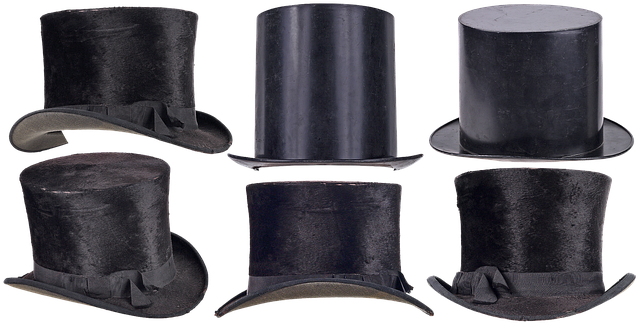
When reviewing a hot water cylinder repair kit, the first thing to look for is its key components. A comprehensive kit should include essential tools such as replacement parts, like O-rings and seals, which are crucial for stopping leaks and maintaining pressure. It’s also beneficial to find kits that offer additional items like insulation tape or heat-resistant gloves, ensuring a safe and effective repair process.
Beyond the basics, some kits may include products designed to extend the lifespan of your hot water cylinder by preventing corrosion. These can be in the form of anti-corrosion coatings or treatments, which are particularly useful for older systems. Additionally, DIY enthusiasts will appreciate kits that come with clear instructions and possibly even a video tutorial, making the repair process more accessible and encouraging users to take on these tasks themselves, thereby saving costs and learning how to prevent future issues, like corrosion, through proactive measures.
Choosing the Right Repair Kit for Your Tank
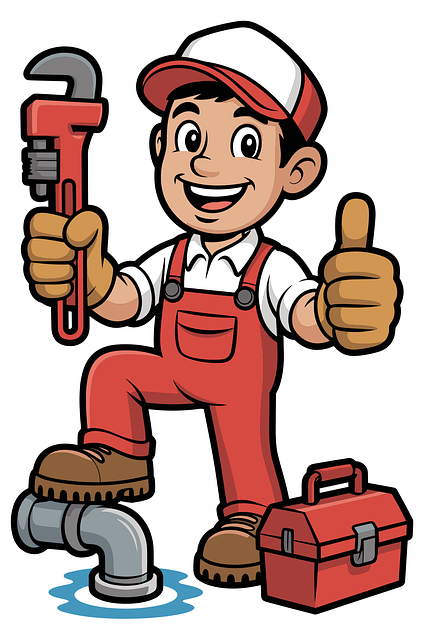
When it comes to repairing your hot water cylinder, selecting the appropriate kit is key to ensuring an effective and efficient fix. The first step is to identify the issue at hand—whether it’s a simple leak, a noisy heater, or a burst pipe. Each problem requires a specific repair kit designed to address its unique challenges. For instance, a leak-sealing kit might include rubber washers and adhesive, perfect for halting water seepage.
If you’re dealing with a noisy hot water heater, specialized kits are available that target common causes like loose connections or worn-out parts. These sets often contain replacement components such as thermostats and pressure relief valves. Additionally, considering the cost of replacement can guide your choice; simple repair kits might be more economical for minor issues, while complex ones may require investing in a comprehensive set that offers long-term solutions, especially if you’re planning to replace certain parts anyway.
Step-by-Step Guide to Repair Process
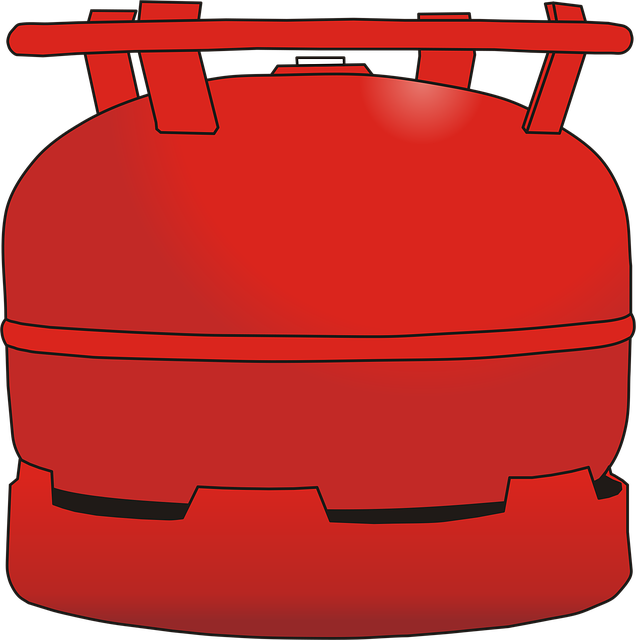
Repairing a hot water cylinder can be a straightforward process if approached methodically. Here’s a step-by-step guide to help you fix a clogged hot water valve or extend your hot water cylinder’s lifespan, avoiding the need for an immediate plumber Bromsgrove visit. Begin by turning off the main water supply to your cylinder. This is crucial to prevent any accidental leaks during the repair process. Next, locate and unscrew the access panel on top of the cylinder, revealing its internal components. Identify the specific issue: a clogged valve or sediment build-up. For a blocked valve, carefully remove it, clean any debris, and reinsert, ensuring a secure fit. If dealing with sediment, use a brush to scrub the interior walls, removing any deposits.
Once cleaned, reassemble the cylinder, tightening the access panel securely. Reopen the main water supply and check for leaks. If all is well, your hot water cylinder should now function optimally. This DIY approach not only saves you from calling out a plumber Bromsgrove but also empowers you to maintain your home’s plumbing system effectively.
Maintenance Tips to Prevent Future Issues
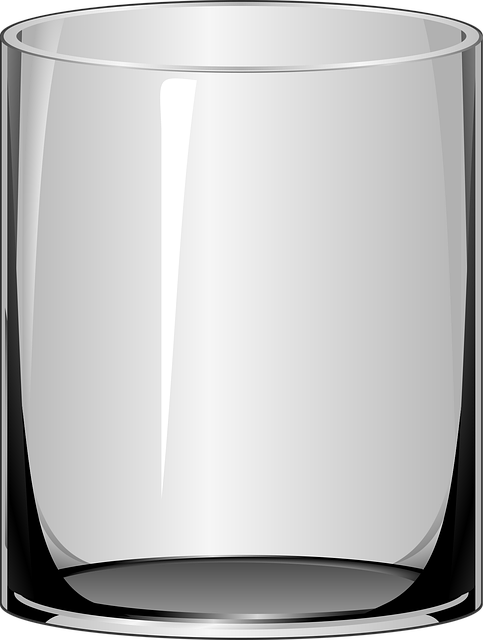
Regular maintenance is key to preventing future issues with your hot water cylinder. Start by checking the cylinder for any signs of corrosion or leaks on a monthly basis. These visual checks can help identify potential problems early, saving you from costly repairs. Additionally, ensure that the insulation around the cylinder is intact and secure; damaged insulation can lead to heat loss and reduced efficiency.
For longer-lasting performance, consider following professional hot water cylinder installation tips. This includes maintaining optimal water pressure within the recommended range and scheduling regular flushes to remove sediment buildup inside the tank. By extending hot water cylinder lifespan through these practices, you’ll reduce the need for frequent repairs and enjoy consistent, reliable hot water supply. A hot water cylinder repair guide can also be a valuable resource for learning more advanced troubleshooting techniques.
Hot water cylinder repairs can be efficiently managed with the right DIY kit, saving time and costs. By understanding the common failures and choosing the suitable kit for your tank type, you can tackle leaks and maintenance tasks with confidence. Following a structured guide and implementing regular care tips will ensure your hot water cylinder remains in top condition, providing reliable hot water for years to come. For quick fixes and long-term prevention, consider investing in a quality repair kit—a practical solution for any homeowner.
